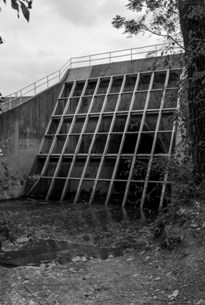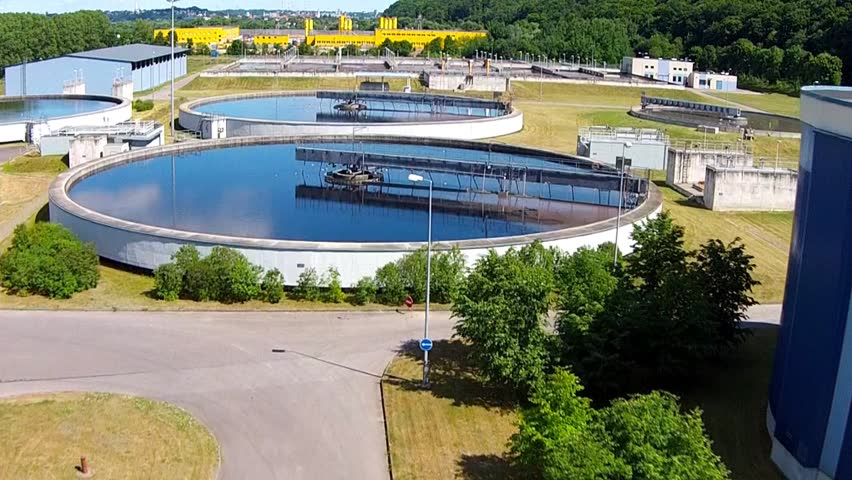Wastewater treatment is a series of measures to remove pollutants contained in domestic and industrial wastewater. This treatment is usually carried out at wastewater treatment plants.

Cleansing is carry out in several stages:
• mechanical;
• physical and chemical;
• biological;
• disinfection of waste water.
Mechanical stage
At this stage, preliminary treatment of wastewater flowing to the treatment plant is carry out. In this case, not only their preparation for biological treatment takes place, but also the retention of various insoluble impurities.
The structures that are use for mechanical wastewater treatment include:
• grates and sieves;
• primary sedimentation tanks;
• sand traps;
• septic tanks;
• membrane elements.
Usage of Gratings
For the retention of any large contaminants of mineral and organic origin, first of all, gratings are use, and if necessary, a more complete separation of various coarse impurities is use sieves. The maximum width of each of the lattice gaps does not exceed 16 mm. Waste generate on the grates is either crush and sent with the rest of the sewage sludge for joint processing, or taken to special places where industrial and solid domestic waste is process.
Then the wastewater passes through special sand traps, on which fine particles (slag, sand, broken glass, etc.) are deposit under the action of gravity, and grease traps, where hydrophobic substances are remove from the water surface by flotation. The sand form in the grit traps is usually store or use in road works.
Membrane technology, which has recently become the most promising method for wastewater treatment, is use in combination with traditional methods for very deep wastewater treatment and its return to the production cycle.
After such purification, for the subsequent separation of suspend solids, the water flows to the primary sedimentation tanks. In this case, the BOD decreases by 20-40%.
As a result of the mechanical cleaning, the amount of mineral contamination is reduce by 60-70%, and the BOD – by 30%. In addition, carrying out this stage of treatment is very important for establishing a uniform movement of wastewater (their averaging), which makes it possible to avoid significant fluctuations in the volume of wastewater at the next biological stage.
Biological stage
At this stage, the degradation of the organic component of wastewater by microorganisms (protozoa, bacteria), mineralization of waters, removal of phosphorus and organic nitrogen and a decrease in BOD5 occurs. Can be use not only aerobic, but also anaerobic microorganisms.
Biological treatment can be done in several ways, but the most basic are activate sludge (aeration tanks), digesters (anaerobic fermentation) and biofilters.
In the primary sedimentation tanks, into which the effluents enter at this stage, the sedimentation of suspend organic matter occurs. Sediments are reinforce concrete reservoirs, the depth of which is five meters, and the diameter is 40 and 54 meters. From below, drains are fed to their centers, then the sediment accumulates in the central pit, and a special float locate above drives all light pollution into the bunker.
In addition, after the aeration tanks and primary sedimentation tanks, a second line of sedimentation tanks is install, including sludge pumps. With their help,activate sludgeis remove from the bottom of the sedimentation tanks of the treatment facilities of household and industrial effluents .
Physicochemical stage
At the moment, due to the use of circulating water supply systems, the use of physicochemical methods of wastewater treatment has significantly increase, the main of which are:
• sorption;
• flotation;
• centrifugation;
• hyperfiltration;
• ion exchange, electrochemical cleaning;
• neutralization;
• Evaporation;
• extraction;
• evaporation, subsequent evaporation and crystallization.
Such methods are use to remove various dissolve impurities and suspend particles.
Disinfection of waste water
With the help of ultraviolet irradiation installations, the final disinfection of effluents intend for discharge into a reservoir or on the terrain takes place. Also, in addition to ultraviolet irradiation, chlorine treatment is carry out for the disinfection of treat wastewater for 30 minutes.
Chlorine has been use for quite some time as the main disinfecting agent at many treatment plants. But since chlorine is a very toxic chemical and can pose a huge threat to the environment, wastewater treatment in Pakistan plants began to consider options for other reagents: disinvite, hypochlorite and ozonating to disinfect wastewater.
Mobile water treatment devices
In addition to stationary wastewater treatment plants, there are mobile water treatment plants. They are use in cases where there is a need to treat a small amount of wastewater, or it needs to be done irregularly. As a rule, this device includes a bubbler, a carbon filter, a disinfection tank and a circulation pump.
Thermal disposal
Unfortunately, chemical and mechanical cleaning may not give the desire results. Then, as an alternative method, thermal utilization of process effluents is use, in which wastewater is incinerate in furnaces or burners. The fire method is widely use in Pakistan – it is reliable, versatile and relatively inexpensive.
Its essence lies in the fact that wastewater, which is in a finely disperse atomize state, is inject into a torch, which is form during the combustion of liquid or gaseous fuel. In this case, the water evaporates, and various harmful impurities are burn out.

